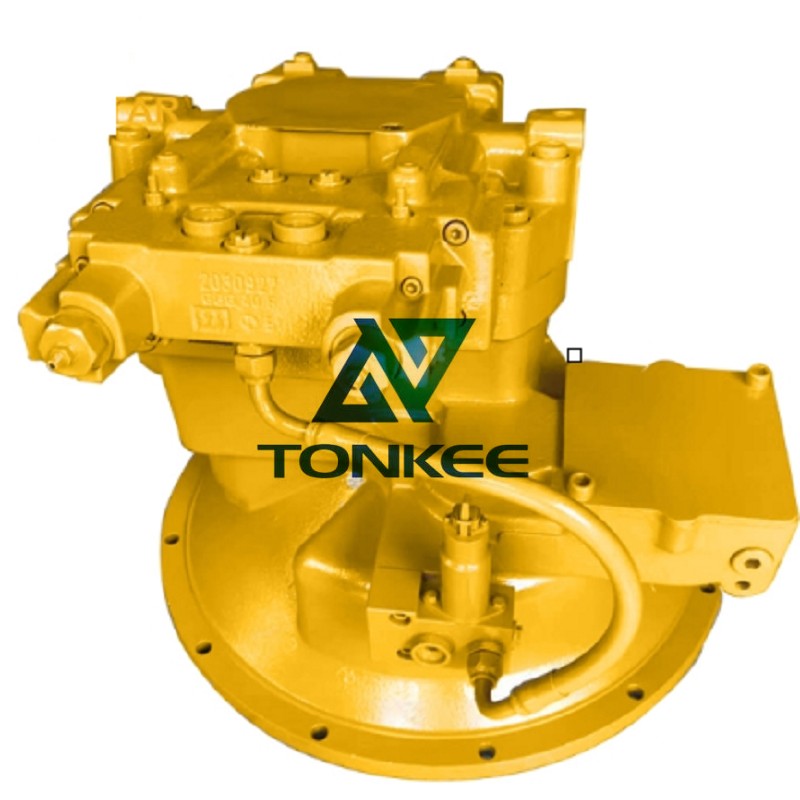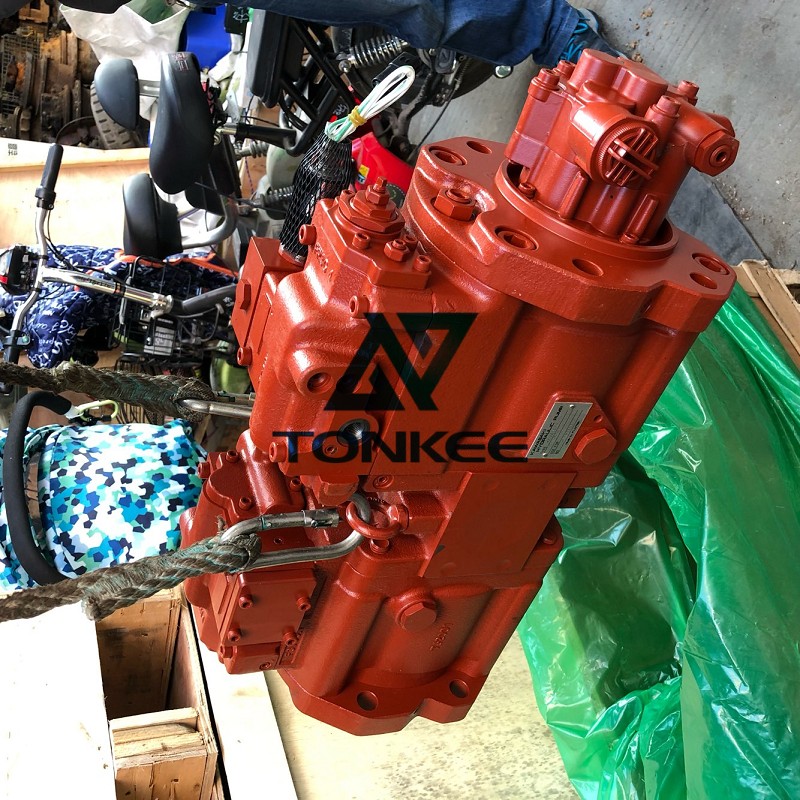
Piston: The piston is a cylindrical component that moves back and forth within a cylinder.
It is responsible for creating the pumping action by displacing the fluid or gas.
Cylinder: The cylinder is a hollow chamber in which the piston moves. It is typically made of durable materials like steel or cast iron to withstand high pressure and abrasive fluids.
Valves: Piston pumps often have inlet and outlet valves. These valves control the flow of fluid into and out of the cylinder. They can be check valves or ball valves, depending on the specific design.
Drive Mechanism: The piston is connected to a drive mechanism, which can be a motor, engine, or other power source. This mechanism generates the reciprocating motion of the piston.
Seals and Gaskets: To prevent leakage and maintain the efficiency of the pump, seals and gaskets are used to create a tight seal between moving parts.
Working Principles:
Piston pumps operate on the principle of positive displacement. The process can be broken down into several key steps:
Intake Stroke: During the intake stroke, the piston moves away from the valve on the inlet side.
This creates a partial vacuum inside the cylinder, causing the inlet valve to open and draw fluid or gas into the cylinder.
Compression Stroke: The piston then reverses direction and moves towards the outlet valve. This compresses the fluid or gas within the cylinder, causing the outlet valve to open and allowing the fluid to be expelled.
Exhaust Stroke: Once the fluid or gas is expelled, the piston moves back to the intake position, and the cycle repeats.
Piston pumps can operate in a single-acting or double-acting mode. Single-acting pumps have one piston that operates in one direction, while double-acting pumps have two pistons that work in opposite directions.



 English
English Русский язык
Русский язык




